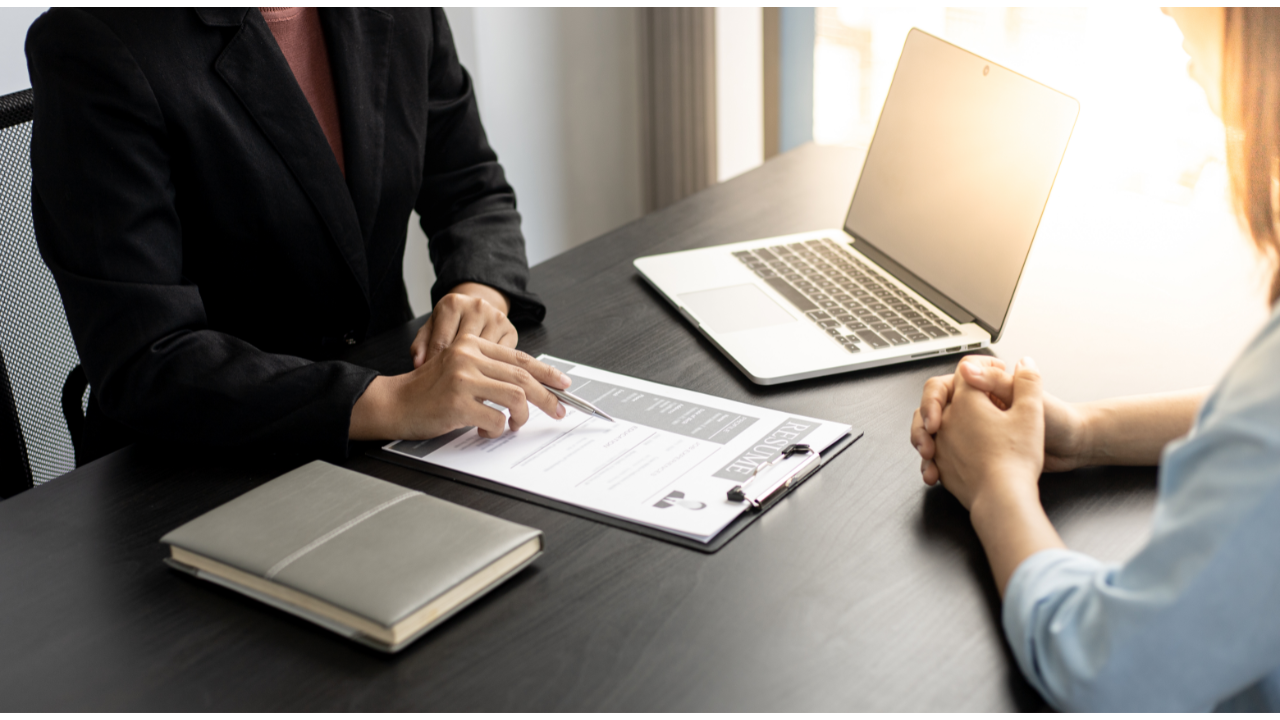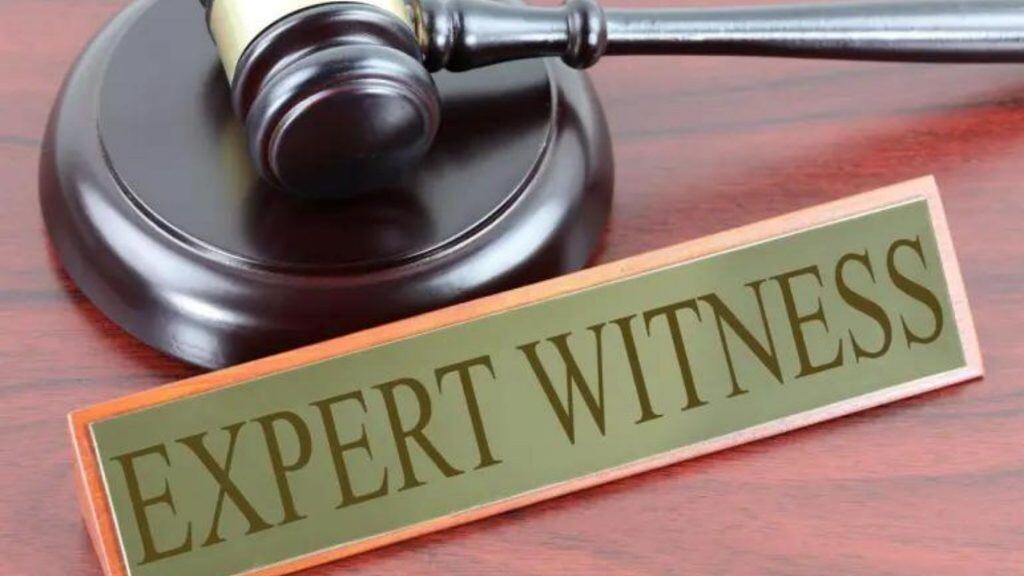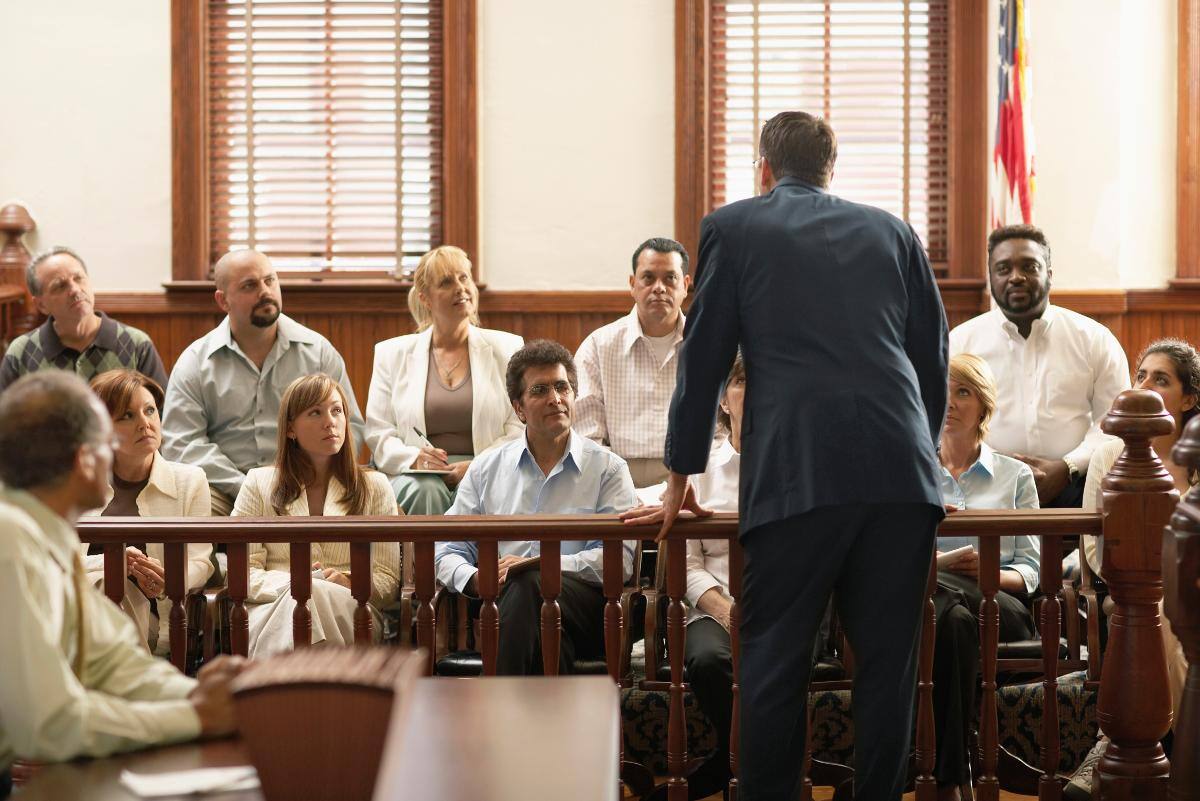In the warm embrace of the Caribbean sun, a quiet transformation is unfolding. The demand for...


Testifying as an expert witness is a multifaceted challenge that requires not only deep expertise but also the ability to effectively communicate complex ideas. While the conventional steps to prepare for this role are essential, adding a unique perspective can set you apart. In this article, we will explore five distinctive steps to prepare yourself for testifying as an expert witness, supported by a real-world case study.

In addition to understanding the technical details of your expertise, it's crucial to construct a narrative bridge that connects your knowledge with the case's context. This bridge helps the jury or judge understand how your expertise directly relates to the matter at hand. For example, in a criminal trial involving digital forensics, an expert witness could explain how their expertise in computer systems helped uncover crucial evidence. This narrative approach was employed successfully in the case of United States v. Daniel Smith.
Case Study: United States v. Daniel Smith
In this case, a digital forensics expert used a narrative bridge to explain how analyzing the defendant's computer led to the discovery of encrypted files containing evidence of illegal activities. The expert described the process in a way that was accessible to the jury, emphasizing the significance of their findings in the broader context of the criminal investigation.
Integrate visual aids and demonstrations into your testimony to enhance comprehension. Visuals can simplify complex concepts and make your testimony more engaging. For instance, if you are a medical expert testifying about a surgical procedure's efficacy, you could use diagrams or animations to illustrate the process.
Case Study: Smith v. General Hospital
In Smith v. General Hospital, a surgeon used 3D visualizations during his testimony to explain a complex surgical procedure to the jury. The visual aids not only clarified the procedure but also demonstrated the surgeon's expertise in a compelling and memorable way, ultimately influencing the jury's decision in favor of the hospital.
Address potential misunderstandings or misconceptions before they arise. Anticipate questions that the opposing counsel might ask to challenge your testimony, and proactively clarify any potential ambiguities. This approach not only showcases your preparedness but also reinforces your credibility.

Case Study: Doe v. Corporation X
In Doe v. Corporation X, an environmental expert preemptively addressed potential doubts about the accuracy of their data. They explained their methodology in detail, including the measures taken to ensure data integrity. By doing so, the expert minimized the opposing counsel's ability to discredit their testimony and bolstered their own credibility.
Frame your testimony as a compelling story that captures the essence of your expertise and its relevance to the case. Engage the jury by creating a narrative that resonates emotionally and intellectually, leaving a lasting impression.
Case Study: Roe v. Pharmaceutical Company Y
In Roe v. Pharmaceutical Company Y, a pharmacologist used storytelling to explain the adverse effects of a drug. By presenting real-life cases of patients who suffered due to the drug's side effects, the expert made a compelling argument that swayed the jury's opinion and led to a favorable outcome for the plaintiff.
Collaborate with peers and colleagues to strengthen your testimony. Seek peer reviews and feedback on your approach, ensuring that your testimony is comprehensive and accurate. Leveraging the collective expertise of your network can enhance your credibility as an expert witness.
Case Study: Johnson v. Automotive Manufacturer Z
In Johnson v. Automotive Manufacturer Z, an engineering expert collaborated with a team of engineers to conduct a comprehensive analysis of a defective car component. This collaborative approach not only provided a more robust foundation for the expert's testimony but also showcased the power of collective expertise in influencing the court's decision.

Preparing to testify as an expert witness requires a blend of technical knowledge and effective communication skills. These five unique steps, complemented by real-world case studies, demonstrate how to enhance your credibility and effectiveness in the courtroom. By constructing a narrative bridge, using visual aids, preemptively clarifying, storytelling with impact, and collaborating with peers, you can elevate your testimony to a level that resonates with judges and juries alike, making a lasting impression in the legal arena.
Contact us at Witness Experts for further guidance!

In the warm embrace of the Caribbean sun, a quiet transformation is unfolding. The demand for...

The Eastern European region, with its rich tapestry of cultures, histories, and political...

The Caribbean, with its azure waters, palm-fringed beaches, and vibrant culture, is not only a...

In the bustling streets of Latin American cities, where the rhythm of life pulses with vibrant...
Begin your request below to get a quote.
